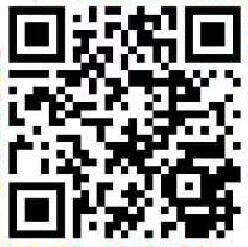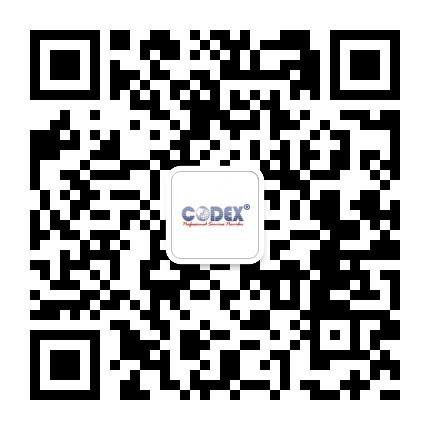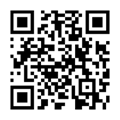What to look for in an FDA translation?
2023-09-08 12:01:36FDA translations are translations of documents, reports, etc. from the U.S. Food and Drug Administration (FDA). This contains rigorous medical terminology and formatting regulations.
If you are in the pharmaceutical industry, then you surely know the importance of FDA. According to the relevant provisions of the U.S. federal regulations, any drugs and raw materials to enter the U.S. market for drugs, need to be approved by the FDA, and all the production and processing of drugs, packaging should be strictly in line with the current requirements of the Good Manufacturing Practice (GMP).
For companies that want to develop the U.S. market, FDA translation is very important.
So, do FDA registration need to submit what materials (English version)? Detailed names are as follows:
1, the Agreement (signed by the legal representative, stamped with the company's official seal)
2, the legal status of the documents (business licence, business legal person code certificate, etc., copy with official seal)
3、Qualification certificate or production licence within the validity period (copy with official seal)
4、Application form
5、Product manual
6、Product technical manual
7, product-related drawings
8, FDA new requirements for the submission of other documents (if any)
Translation of FDA documents is a challenging task as it involves expertise in the fields of pharmaceuticals and biotechnology, food, and so on. To ensure accuracy and consistency, here are ten key issues to keep in mind when translating FDA materials:
Specialised terminology: FDA materials use a large amount of medical and biotechnology terminology, which translators need to understand and translate accurately. The use of specialised dictionaries and reference materials is essential.
Laws and regulations: FDA materials contain FDA laws, regulations and guidelines, and translators need to have a good understanding of the relevant U.S. Food and Drug Administration regulations and ensure that the translation is accurate.
Contextual understanding: Understanding the context is very important when translating FDA materials. Translators need to fully understand the meaning of each sentence and paragraph in order to maintain consistency and accuracy when translating.
Style and Style: FDA materials are often written in a formal and technical style, and translators need to maintain the appropriate style and tone when translating to ensure a professional translation.
Formatting and Layout: Tables, charts, and images in FDA materials are important to the accurate understanding and translation of the content. Translators need to take care to maintain the formatting and layout of the original text to ensure consistency in the translated document.
Proofreading and Proofreading: Translations of FDA materials are often subject to rigorous proofreading and proofreading. Translators need to double-check the translation for accuracy, consistency, and formatting to ensure that there are no omissions or errors.
Cultural Differences: When translating FDA materials, translators need to take into account cultural differences between the United States and the target language country. Ensure that the translated content is adaptable and understandable in the target language culture.
Document Completeness: FDA materials often contain a large amount of text and references, and translators need to make sure that everything is translated completely and that no important information is left out.
Terminology Consistency: In FDA materials, the same term may appear in different contexts. Translators need to be consistent and ensure that the translated terminology is used consistently throughout the document.
Confidentiality: FDA materials often contain confidential and sensitive information, and translators need to adhere to strict confidentiality agreements to ensure the security and confidentiality of the document.
Therefore, FDA translations must be assigned to a professional translation company.








